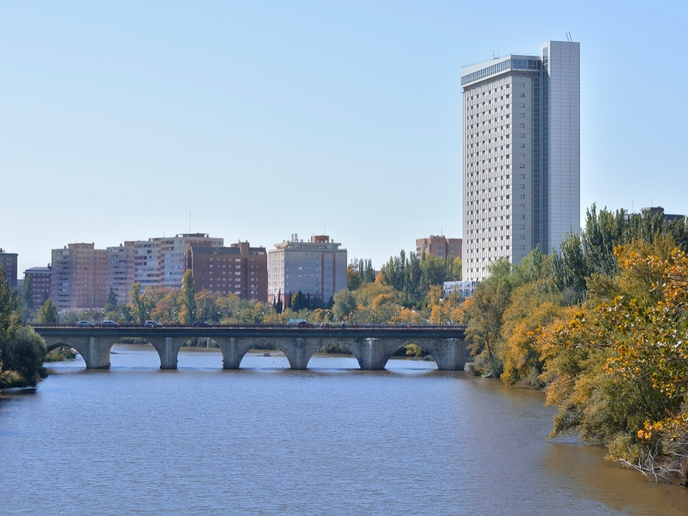Reaching out to the hearts and minds of citizens in transforming cities
Although the benefits of delivering smart city solutions to improve the quality of life are increasingly recognised, involving citizens can sometimes be a real challenge. Even for decisions in which people are key stakeholders and main beneficiaries, resistance to change may be strong. Therefore, community engagement is crucial for making smart cities a reality in a world where rapid urbanisation poses various problems. Underlining this need, the EU-funded REMOURBAN project has been preparing several cities for a sustainable future. The project’s urban regeneration model has been validated in three lighthouse cities, Valladolid (Spain), Nottingham (United Kingdom) and Tepebasi/Eskisehir (Turkey). A project brochure explains the model: “The Urban Regeneration Model (URM) is a methodological guide resulting from the technical innovations developed and implemented during the project. It combines energy, mobility and ICT to improve the quality of life in European cities. The urban renovation strategy is based on … engagement of citizens to ensure social acceptance and make them the cornerstone of the smart city of the future.” Seraing in Belgium and Miskolc in Hungary – the follower cities – are testing the URM to develop their own plans. Although the lighthouse cities have started benefiting from the project’s solutions in low-energy district, sustainable mobility and integrated infrastructure areas, the road to execution has been less than straightforward. In the case of Spain’s Valladolid’s Fasa district, some of the residents initially opposed the retrofitting of their flats. But they “are now enjoying improved comfort and lower fuel bills,” as noted in a press release on the project website. “Poorly insulated flats, lack of temperature control and heavy heating bills blighted the residents of Valladolid’s Fasa District in Spain. To remedy this situation, Valladolid Municipality along with CARTIF Technology Centre decided to undertake a set of retrofitting measures,” according to the same press release.
Reaching out
Quoted in the press release, Miguel Ángel García Fuentes from REMOURBAN project coordinator CARTIF says: “At the beginning, it was really hard to engage with the residents and discuss the solutions. Many of them were aged, unfamiliar with the communication methods we were using and had little trust in the benefits derived from the actions we were proposing. Furthermore they had to partially pay for the works.” Once the project team changed its strategy and contacted residents directly to get them more involved in the decision-making, REMOURBAN initiatives gained people’s approval. “The project’s outreach plan and key messages were thus revised to work better on the hearts and minds of the residents,” the release states. “It’s about earning trust with clear messages, and getting residents to convince others in their district. Residents don’t want to listen to experts or large companies. They are more trusting of other residents,” García Fuentes adds. According to the press release, 19 residential buildings and a tower were retrofitted as part of a comprehensive energy overhaul. Energy consumption was reduced in heating and lighting through the deployment of a biomass district heating system and better thermal insulation. The changes affected 1 000 residents in total. As a result, energy savings ranging between 40 % and 50 % were achieved, and about 88 % of CO2 emissions were avoided. The REMOURBAN (REgeneration MOdel for accelerating the smart URBAN transformation) project ends in December 2019. For more information, please see: REMOURBAN project website
Countries
Spain



